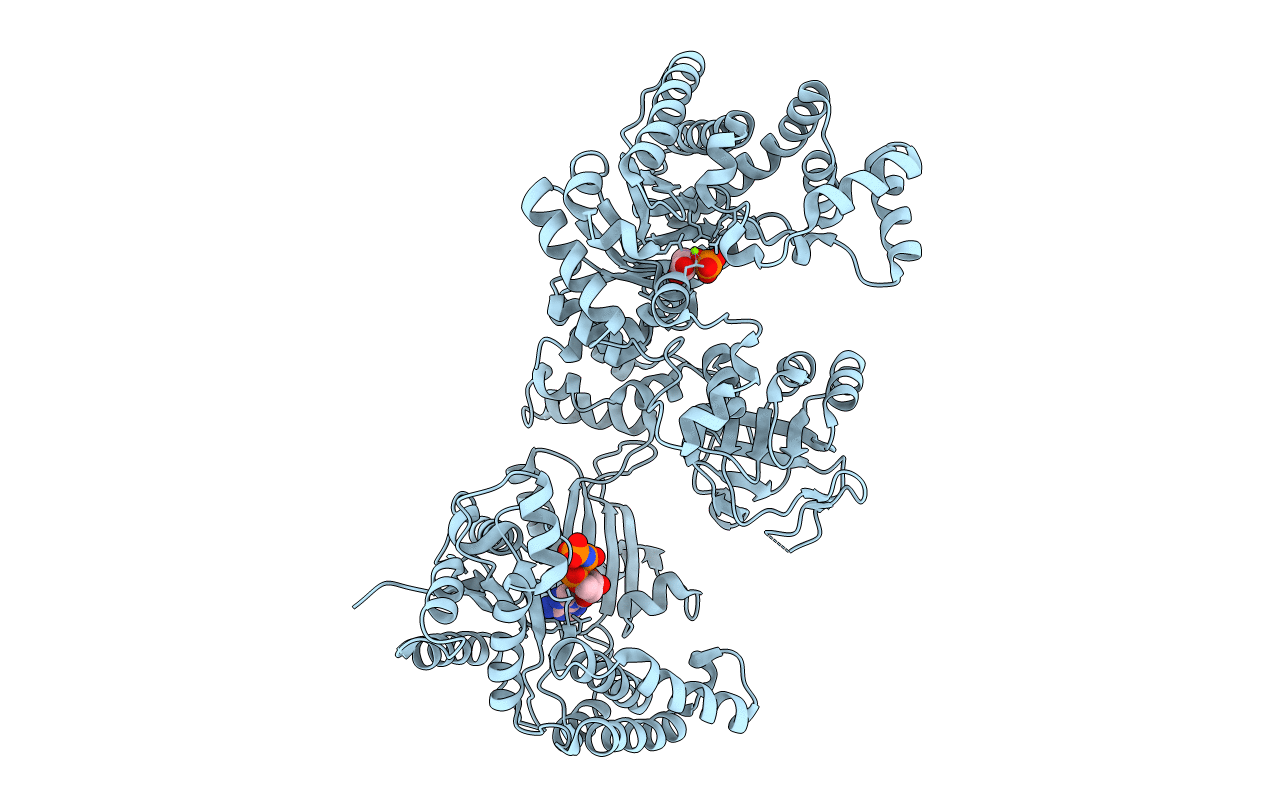
Deposition Date
2016-05-11
Release Date
2017-04-05
Last Version Date
2024-01-10
Entry Detail
PDB ID:
5JVN
Keywords:
Title:
C3-type pyruvate phosphate dikinase: intermediate state of the central domain in the swiveling mechanism
Biological Source:
Source Organism:
Flaveria pringlei (Taxon ID: 4226)
Host Organism:
Method Details:
Experimental Method:
Resolution:
2.90 Å
R-Value Free:
0.23
R-Value Work:
0.19
R-Value Observed:
0.19
Space Group:
P 6 2 2


